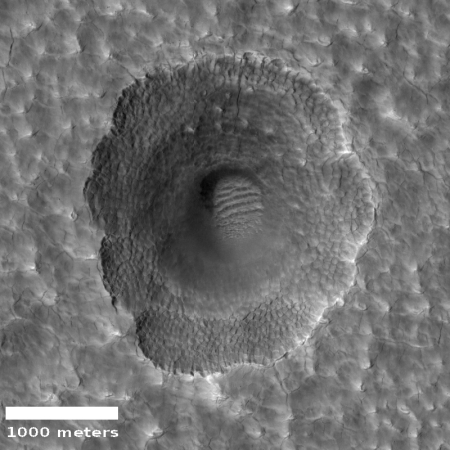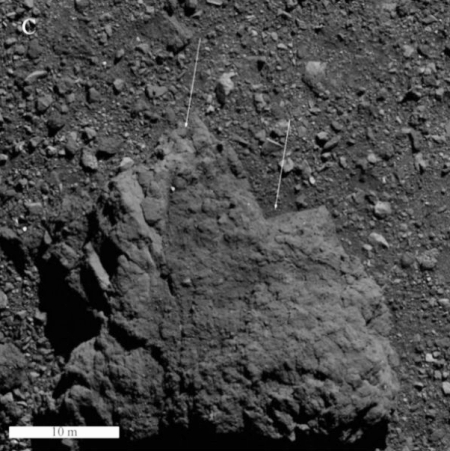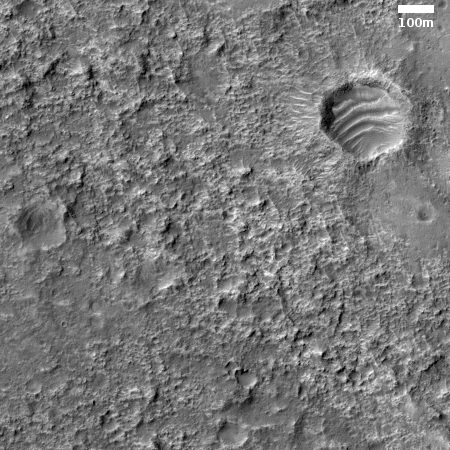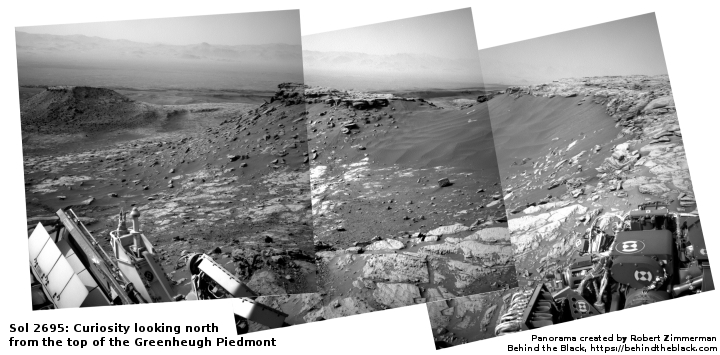Apollo 15 command module pilot Al Worden passes at 88
Their numbers slowly shrink: Al Worden, who orbited the Moon as commander of the Apollo 15 command module, has passed away at the age of 88.
For three days in 1971, Worden circled the moon as Dave Scott and Jim Irwin worked on the lunar surface — including driving a rover for the first time. Being a command module pilot has been called the loneliest job in humanity. In the spacecraft alone, not able to talk to anyone when the capsule was on the back side of the moon. But Worden told NPR in a 2016 interview, “I was pretty comfortable with being by myself.”
After Scott and Irwin returned from the lunar surface and the crew was on its way back home, Worden conducted a spacewalk, the first ever in deep-space. He ventured outside the capsule to retrieve film from the scientific cameras.
The link is to an NPR obituary, so of course it makes a big deal about the effort by the astronauts to make some extra money by selling postage stamp covers that they bought with them post-flight.
Worden remembers it this way, “Jim and I were told that this was something that happened on every flight. No big deal. Well, it turned out to be a huge deal.” Even though previous crews had profited off lunar souvenirs, it became a public relations nightmare for NASA. The three astronauts never flew again. Worden said he regretted what happened: “I think the flight speaks for itself. I think the science that we did on the flight speaks for itself.”
I always thought it was quite offensive that the American government, the press, NASA, and the public took offense then about this. These guys were not paid that much, slightly above an ordinary middle class salary, for doing something totally unique and incredibly dangerous. If they had a chance to make some extra cash on the side, all power to them.
This was just after the 1960s, however, and private enterprise and commercial profit was steadily going out of fashion. We as a culture had bought into the Soviet model of top-down government programs that were centrally controlled. For any of the individuals involved to make some independent cash for themselves was considered crass and corrupt.
Regardless, God speed, Al Worden.
Their numbers slowly shrink: Al Worden, who orbited the Moon as commander of the Apollo 15 command module, has passed away at the age of 88.
For three days in 1971, Worden circled the moon as Dave Scott and Jim Irwin worked on the lunar surface — including driving a rover for the first time. Being a command module pilot has been called the loneliest job in humanity. In the spacecraft alone, not able to talk to anyone when the capsule was on the back side of the moon. But Worden told NPR in a 2016 interview, “I was pretty comfortable with being by myself.”
After Scott and Irwin returned from the lunar surface and the crew was on its way back home, Worden conducted a spacewalk, the first ever in deep-space. He ventured outside the capsule to retrieve film from the scientific cameras.
The link is to an NPR obituary, so of course it makes a big deal about the effort by the astronauts to make some extra money by selling postage stamp covers that they bought with them post-flight.
Worden remembers it this way, “Jim and I were told that this was something that happened on every flight. No big deal. Well, it turned out to be a huge deal.” Even though previous crews had profited off lunar souvenirs, it became a public relations nightmare for NASA. The three astronauts never flew again. Worden said he regretted what happened: “I think the flight speaks for itself. I think the science that we did on the flight speaks for itself.”
I always thought it was quite offensive that the American government, the press, NASA, and the public took offense then about this. These guys were not paid that much, slightly above an ordinary middle class salary, for doing something totally unique and incredibly dangerous. If they had a chance to make some extra cash on the side, all power to them.
This was just after the 1960s, however, and private enterprise and commercial profit was steadily going out of fashion. We as a culture had bought into the Soviet model of top-down government programs that were centrally controlled. For any of the individuals involved to make some independent cash for themselves was considered crass and corrupt.
Regardless, God speed, Al Worden.









